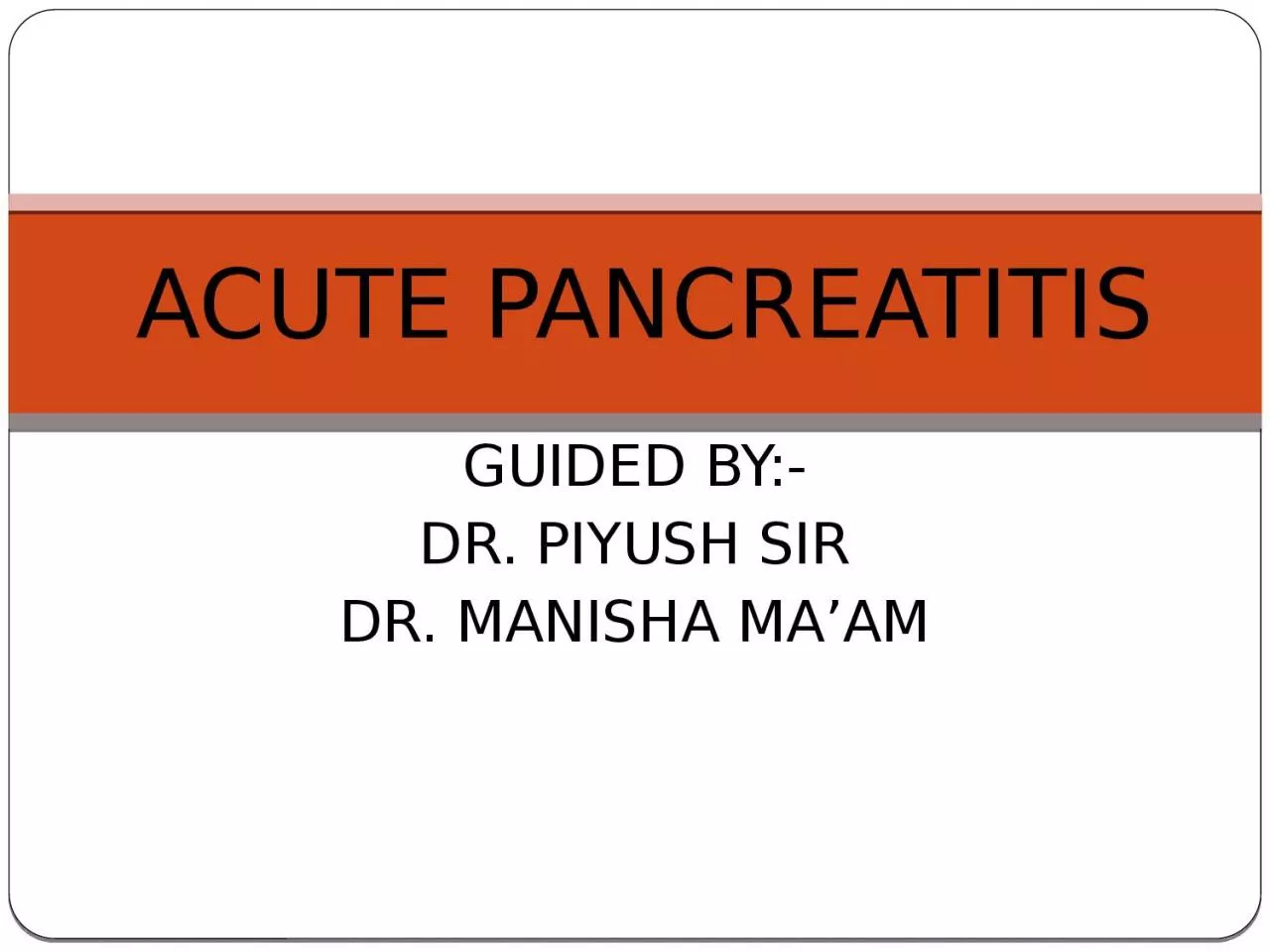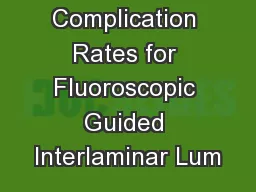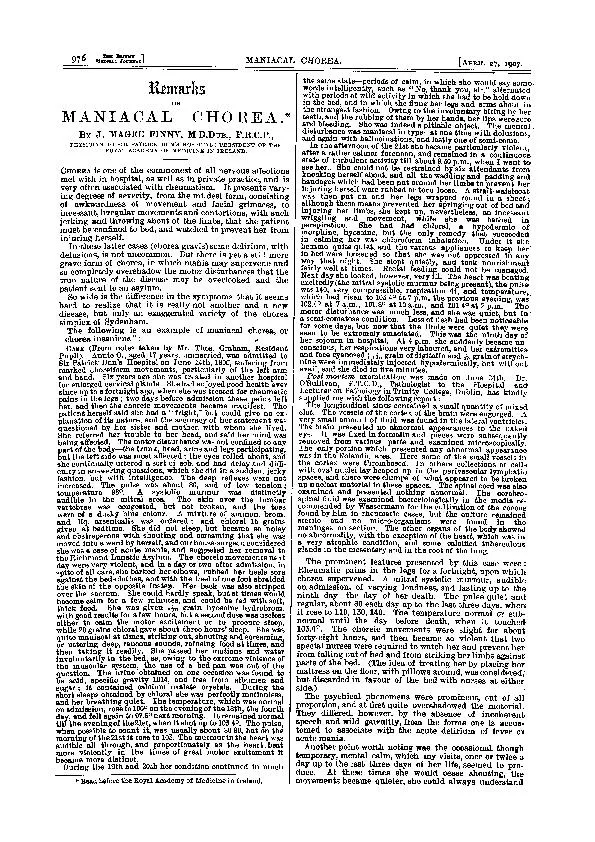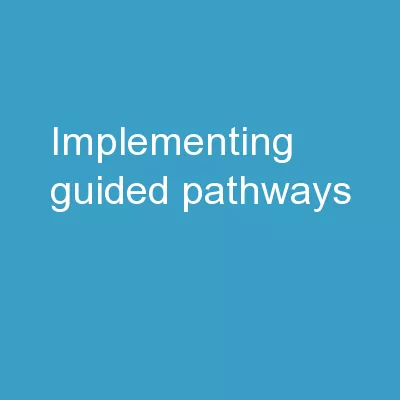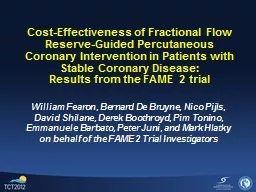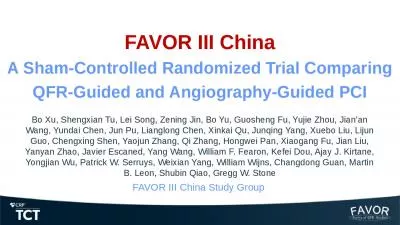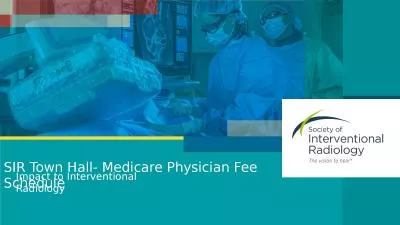PPT-GUIDED BY:- DR. PIYUSH SIR
Author : josephine | Published Date : 2022-06-15
DR MANISHA MAAM ACUTE PANCREATITIS GROUP 13ROLL NO 6165 NIDHI MODI61 VISHAL MODI62 DHVANI NAIK63 HITESH NAKUM64 NARENDRA MEENA65 PATIENT HISTORY Name XYZ Age
Presentation Embed Code
Download Presentation
Download Presentation The PPT/PDF document "GUIDED BY:- DR. PIYUSH SIR" is the property of its rightful owner. Permission is granted to download and print the materials on this website for personal, non-commercial use only, and to display it on your personal computer provided you do not modify the materials and that you retain all copyright notices contained in the materials. By downloading content from our website, you accept the terms of this agreement.
GUIDED BY:- DR. PIYUSH SIR: Transcript
Download Rules Of Document
"GUIDED BY:- DR. PIYUSH SIR"The content belongs to its owner. You may download and print it for personal use, without modification, and keep all copyright notices. By downloading, you agree to these terms.
Related Documents

